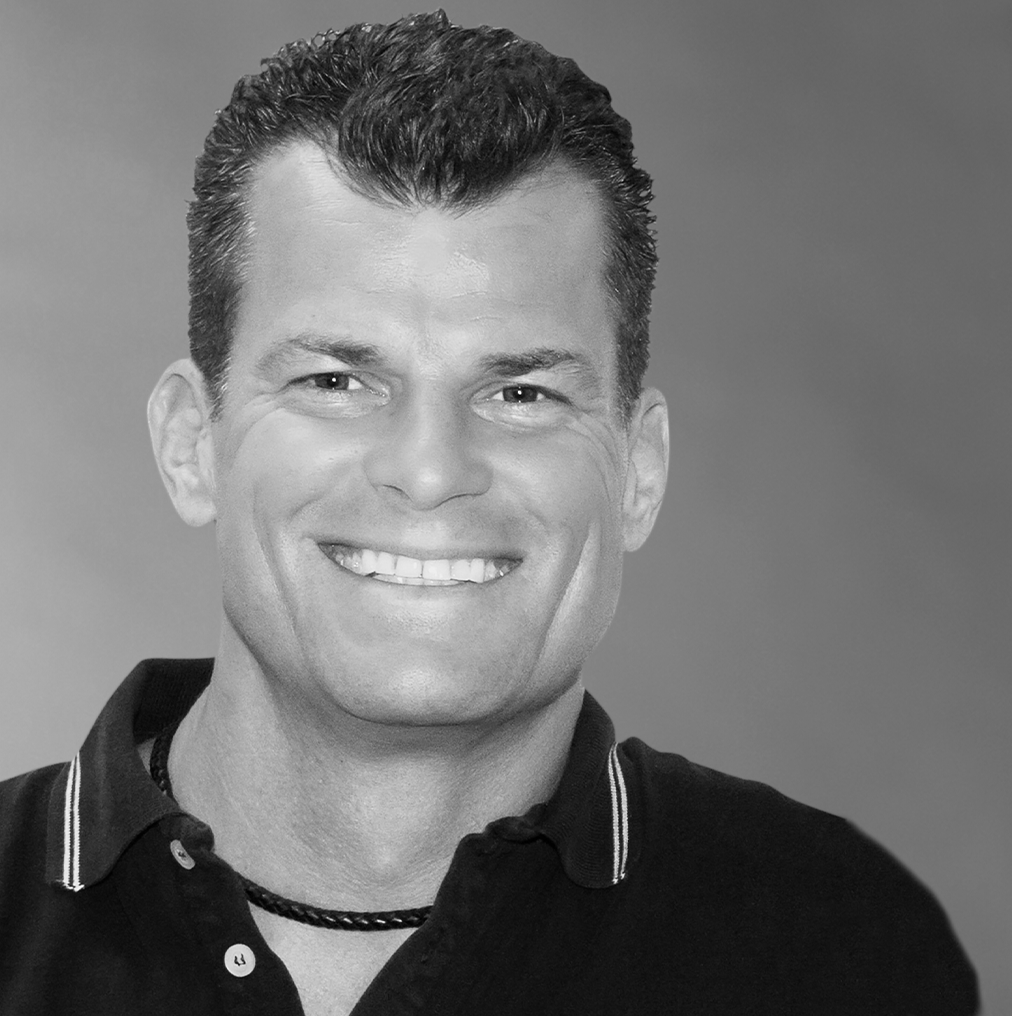
Dr. Boris Sonnenberg
Germany
- 1996: Licence to practice dentistry at the University Clinic Tübingen
- 1997-2001: Further specialist training in dentistry in Ludwigsburg, Cleft Therapeutic Centre University Clinic Tübingen
- 2002: Establishment of orthodontic joint practice Dr. Boris Sonnenberg and colleagues
- Since 2004: Member of the Invisalign® European Clinical Education Council 2004, Clinical Speaker Invisalign®
- Since 2005: Chairman of the Stuttgart branch of the Professional Association of German Orthodontists
- Since 2006: Appointed visiting professor at the State University of Seville
- Since 2008: Founding member and vice president of the German Association for Aligner Orthodontics e.V. (DGAO)
- Since 2009: Private and court-appointed expert of the regional dentist chamber Stuttgart, KZV expert for the KZV-BW and deputy member of the expert commission for questions pertaining to dental liability for the regional dentist chamber BW, secondary dental consultant to the regional dentist chamber, KFO-GOZ - for questions pertaining to billing procedures
- Since 2010: Authorised for further training activities in orthodontics
- Since 2013: Annual award Focus Germany‘s top physicians
- 2014: Invisalign® Research Award in cooperation with the University of Seville
- Since 2015: Member of The Leading Dentists Of The World


